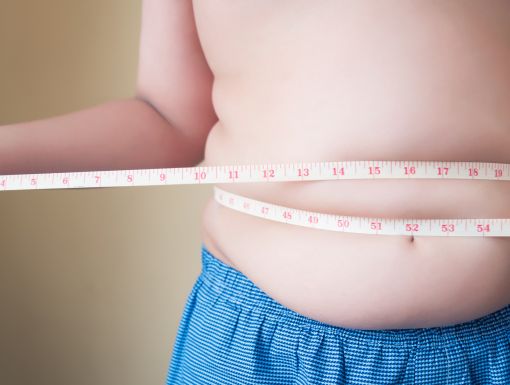
Chest Pain in Kids: Is It Cardiac?
Both adults and children can have chest pain. But it’s important to remember that kids are not just small adults, and the causes of chest pain are much different.
Chest pain can be scary and anxiety-provoking for patients and families, because most people think of heart attacks when they think of chest pain. Chest pain can lead to school absences and sports restrictions. Fortunately, in pediatrics, problems with the heart causing the pain are very rare.
What causes chest pain in kids?
Some causes of chest pain in children are unknown, but a variety of conditions can cause chest pain in kids including musculoskeletal causes, hyperventilation or emotional causes, breast development as a girl enters puberty, respiratory problems and gastrointestinal illnesses. Very close to the bottom of that list is cardiac causes, which only account for 1 percent or less of pediatric chest pain. Specific conditions that cause chest pain in kids are:
Costochondritis, an inflammation of the cartilage in the rib cage, usually only on one side. The pain can be dull or sharp and lasts seconds or sometimes hours. Deep breathing makes it worse. It can be brought on by weightlifting or other heavy lifting. Most cases are treated with over-the-counter pain medications.
Precordial catch syndrome is common in children and adolescents and causes sudden, intense, sharp pain, usually only on one side, lasting seconds or minutes. Precordial means in front of the heart. The pain is usually localized and doesn’t radiate outward, as pain from a heart attack often does. The exact cause is unknown. It might be caused by pressure on or pinching of a nerve, as there are many nerves that line the chest wall. The pain usually goes away on its own and children usually grow out of the syndrome. Over-the-counter medicines usually do not help because the pain is very quick. Changing position from slouched to sitting or standing upright can help. Taking shallow breaths or one deep breath can help also.
Respiratory causes of chest pain can include asthma, infection, a collapsed lung and acute chest syndrome in people who have sickle cell disease.
Gastrointestinal causescan include gastroesophageal reflux disease, esophageal spasms, dysmotility (when muscles in the digestive system don’t work as they should), a foreign body in the digestive tract, gastroenteritis (infectious diarrhea), an ulcer and lactose intolerance.
Cardiac causes, which are rare, include hypertrophic cardiomyopathy (thickening of the heart), aortic stenosis (narrowing of the aortic valve opening), anomalous coronary artery (a coronary artery that has a malformation), pericarditis (inflammation of the tissue that surrounds the heart), myocarditis (inflammation of the heart muscle), Kawasaki Disease (inflammation of blood vessels throughout the body), pulmonary hypertension (high blood pressure in the arteries to your lungs) and arrhythmia (a problem with the rate of rhythm of the heartbeat).
Generally speaking, it’s less likely to be cardiac problem if:
It’s not related to exercise
It’s unassociated with other symptoms of an illness
The pain can be reproduced by pushing on the chest
The patient has a normal cardiac exam and electrocardiogram.
To learn more about Pediatric Cardiology, visit ochsner.org/pediatric-cardiology.


